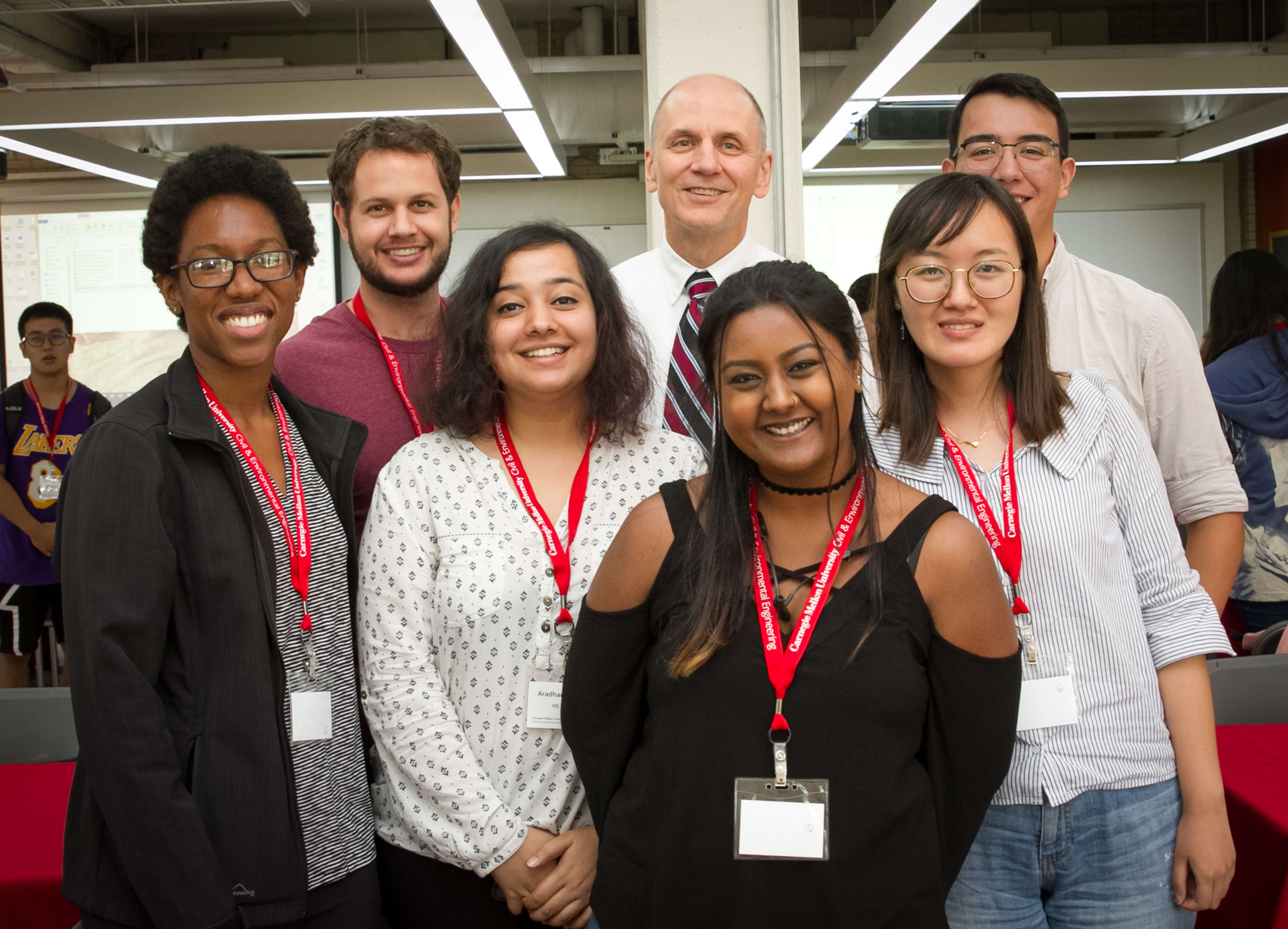At the Carnegie Mellon University (CMU) Department of Civil and Environmental Engineering (CEE), researchers are creating habitats in space while advancing technologies on earth. Professor Mario Bergés leads the CMU team on the Habitats Optimised for Missions of Exploration (HOME) project. Funded by NASA, it is combining AI and traditional engineering to enable a habitat to support life and remain operational when they are vacant. This research could potentially inform the design of a gateway station that will orbit the Moon as part of NASA’s deep-space exploration plans.

Mario Berges. Source: Carnegie Mellon University
As a sensing and data analysis expert, Bergés is also leading the Autonomous Technologies for Livability and Sustainability initiative. It applies a convergent research approach to tackle ethical and sustainability concerns around autonomous systems. How do you ensure that a fleet of autonomous vehicles does not discriminate against certain segments of the population? Or disclose their private data? These are the questions CMU graduate students get to answer together with faculty members; soon, with partners in industry and local government too.
Bergés brings insights from his research into the classroom, inspiring students to explore real-world applications of the subject matter. “Students will ultimately learn how to continue serving the original role of civil and environmental engineers: stewards of the nation’s infrastructure for the service of society. Given that infrastructure systems are increasingly becoming autonomous, we need to make sure that in this transition our societal values are carried over to the decision-making process these systems will be doing on their own,” he explains.
Learning at CEE is an interdisciplinary endeavour. Making machines understand values like privacy, equitability and sustainability does not fall neatly into any particular discipline. It involves experts from engineering, philosophy, sociology, economics, policy and computer science.
“Our curriculum is directly inspired by real-world problems and we make a conscious effort to ensure that our students leave the programme with an ability (and a motivation) to integrate knowledge and tools from different disciplines to solve actual engineering challenges that exist out there in the world,” Bergés says.

Source: Carnegie Mellon University
Exchange incisive perspectives on emerging technology
As the director of the Mobility Data Analytics Centre (MAC) at CMU, Associate Professor Sean Qian is able to share timely, incisive perspectives at the intersection of transportation engineering and data science with his students. This opens up discourses on integrating theories to address emerging real-world mobility needs, emphasising real system deployment with partners and building networks.

Sean Qian. Source: Carnegie Mellon University
“I always try to include state-of-the-art research findings to bring students up to speed. I also often invite guest speakers from public agencies, private sectors and non-profits to discuss their most recent projects. I talk to my industrial partners all the time, to educate myself on the cutting-edge technologies and industry needs. Those technologies and skills are added and updated in my daily interactions with students through teaching, office hours, seminars and workshops,” Qian shares.
Qian’s research interests include optimising ride-hailing systems. For example, he is developing a cyber-physical-social system that lets cities leverage on ride-hailing platforms to benefit the entire transportation ecosystem. He also recently published a paper on the relationship between these ride-hailing companies and the public transportation network. “We’re going to use optimisation techniques, simulation, and AI to make the best decision for the city,” Qian says.
Join the civil and environmental engineering revolution
Bergés believes the multidisciplinary approach at CEE nurtures engineers with a wide breadth of fundamental knowledge, and the creativity to bring it all together when solving a particular problem. Qian adds that a good engineer must be a critical thinker with an open mind to emerging technologies.
Master’s students receive numerous opportunities to cultivate these skills, for example through the CEE Summer Research Programme. Though conducted remotely this year, faculty members stepped up and offered additional projects, attracting its largest number of participants ever, at 32 total.
At CEE, engineers with a creative edge get a head start on transforming ideas into industrial and societal impact. Join the revolution and find your place in the world at CMU.
Follow the Department of Civil and Environmental Engineering on Facebook, Twitter, LinkedIn, and Youtube
Like this? Then you’ll love…
How Carnegie Mellon University champions women in engineering
STEM degrees: Top 5 universities in the world according to latest QS rankings










